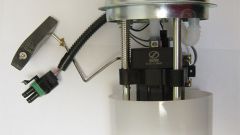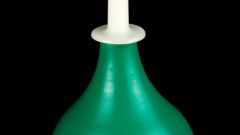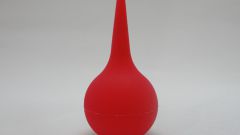Instruction
1
Wash your hands thoroughly with soap and water and treat them with a cotton swab moistened with alcohol. Prepare a solution of furatsilina yourself or purchase a ready solution.
2
With clean hands take a disposable syringe. For a start, close tightly with sterile cotton ball or gauze pad on the hole of the cannula and the vial with furatsilina pour some of the solution into the cylinder up to the level of last label on the scale of the syringe. Take the plunger and partially type it into the cylinder, and then, holding the left hand of the syringe cylinder and the right piston, turn the filled syringe with the plunger down and carefully, forcing the air to enter the piston to the liquid level.
3
Pre-treat the catheter, furatsilina, take it between thumb and forefinger of the left hand. In the right hand, hold the syringe filled with a solution furatsilina. The cannula of the syringe and carefully insert inside the catheter (if it is thinner cannula), or press firmly to the orifice of the catheter (if the catheter diameter is thicker than the diameter of the cannula). Slowly inject the solution furatsilina into the cavity of the bladder.
4
Disconnect the syringe from the catheter, give to flow the introduced furacillin. Repeat the procedure again. If when flushing the catheter, the patient experiences discomfort, pain, or pain in the abdomen, then a long stay catheter has led to inflammation of the urethra. In this case, before washing with a disinfectant solution to enter the bladder 5-10 ml of 0.25-0.5 % novocaine solution (it is sold in the pharmacy as a ready solution in ampoules). After the introduction of novocaine catheter pinch off for 2-3 minutes to work novocaine and only then continue rinsing.










